The huge activity undertaken by insurers in releasing their new range of IP products picked itself as the Story of the Week this week. Advisers and other industry stakeholders will now be fine tooth-combing the new IP offers to see where the companies match-up and where there may be differences in some of the key features and benefits that constitute this re-set for IP product sustainability following APRA’s intervention…
The second stage of APRA’s intervention into the income protection insurance market is coming into effect from this week, with the rollout of all the new retail income protection insurance product offers.
In line with APRA’s sustainability measures, the new range of products include, among other changes:
- Reduced income replacement ratios (maximum of 70%, down from 75%)
- Tighter definitions of pre-disability income
- Stricter disability definitions to apply for longer benefit periods
The rollout of the new products follows the first stage in APRA’s IP intervention, which saw the removal of Agreed Value products from the market after 31 March 2020.
This current round which sees the rollout of the new PDSs was originally slated to come into effect from 1 July 2021, but this was delayed by three months due to disruption associated with the Covid-19 pandemic.
Stage three will see the implementation of maximum five-year terms for IP products taking effect from 1 October 2022. This restriction was originally intended to have been included in this current round of new IP product releases, but APRA has provided the insurers with an additional 12 months to allow sufficient time for them to arrive at a workable solution for this new maximum term requirement (see: …APRA Gives Insurers Another Year).
For this current round of updates, some insurers have released new PDSs effective from the last week in September, while others will become effective from the required date of 1 October 2021.
Behind the scenes, all insurers have been in touch with the adviser community about the changes that will be implemented. Numerous insurers have already released a variety of summaries of their new product offers, while others will be publicly releasing more information to coincide with the impending release of their new PDS.
This summary below will be updated over the coming week as more details are released by the product manufacturers:
AIA Australia was first cab off the rank in releasing its new IP Core product range in January 2021 (see: AIA Australia Set to Launch New IP Offer).
Not all of the APRA-stipulated features were included in the January 2021 rollout, but there have been subsequent PDS updates, culminating with the new PDS released effective from 25 September 2021 (click here).
The insurer has also released a change summary document for advisers.
ClearView’s new IP range is named ClearView ClearChoice, with details included in its new PDS taking effect from 25 September 2021 (click here).
The insurer also issued a media release outlining its rationale, together with information pertaining to its new technology platform (see: ClearView Unveils IP Product & New Tech Platform).
Integrity Life has released its new PDS which takes effect from 1 October 2021.
The new IP proposition offers clients the ability to select income replacement ratios of 50%, 60% or 70%, while the booster or top-up option for this product range will apply for the first six months where 50% or 60% of income replacement is selected by the insured.
Click here for the insurer’s ‘Product at a Glance’ summary.
MetLife Australia’s IP changes will take effect from 1 October 2021 with the release of its new PDS.
The insurer has also released a change summary document which provides key details of its new IP proposition, including a booster option and no tiering of the income replacement ratio (click here).
Click here to view the 1 October 2021 MetLife PDS.
The new MLC Life Insurance PDS takes effect from 1 October 2021.
Click here for initial summary details of the new product package, contained within this FAQ document.
According to MLC, one of the key drivers in structuring its new offer revolves around a strong focus on choice and flexibility, as evidenced in the offer of four options inside two distinct product choices (see also: MLC Life Insurance Launches New IP Product Range).
The new NEOS Life PDS takes effect from 1 October 2021..
Like some – but not all – insurers, NEOS Life has also released an updated adviser guide (click here).
The insurer also released an updated adviser support brochure, but this is broader in nature and not specifically related to the new IP proposition (click here).
Zurich’s OnePath brand is updating its OneCare Income Secure Protection offer in its new PDS, which is effective from 27 September 2021 (click here).
A fact sheet released by the insurer outlines some of the key changes made to the Income Secure Protection product, including details around new replacement ratios, the definition of Total Disability, calculation of income at claim time and capacity to work wording, as well as detailing the introduction of a new severity booster option.
Click here for the OneCare Income Secure Protection fact sheet. The insurer has also released other adviser support material including this brochure.
PPS Mutual
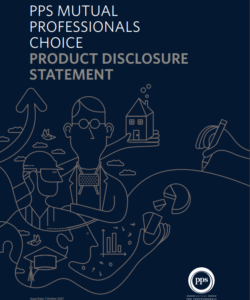 The new PPS Mutual PDS comes into effect from 1 October 2021, where its new IP proposition offers income replacement ratios of 60% and 70%, while its booster option will pay 84% of income in the first six months of claim.
The new PPS Mutual PDS comes into effect from 1 October 2021, where its new IP proposition offers income replacement ratios of 60% and 70%, while its booster option will pay 84% of income in the first six months of claim.
PPS Mutual offers an Own Occupation definition throughout the claim provided the claimant is following a recovery plan, which is normally set by the treating medical practitioner and needs to be agreed by the claimant and insurer. Only those who don’t follow this plan will have a definition change after two years – and even then, the insurer is offering an Any Professional Occupation definition for those who were working in a professional occupation prior to claim.
Click here for a features and benefits overview of the new PPS Mutual Income Protection Select range. Take particular note of the Any and Own Occupation definition chart on the second page.
TAL was quick off the mark in issuing a statement at the end of last week to coincide with the 24 September 2021 release of it new PDS (click here).
The insurer has split the new IP offer into three distinct options, being Income Protection Enhance, Income Protection Assist and Income Protection Focus (see: TAL IP Product Update).
Zurich has released a new IP offer named Zurich Income Safeguard, contained in its updated Wealth Protection PDS dated 27 September 2021 (click here).
Like its new OnePath offer, the insurer has released a fact sheet and support brochure that outline the key features and benefits applying to the new Zurich IP product range.


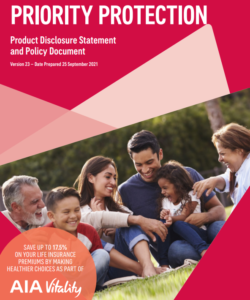


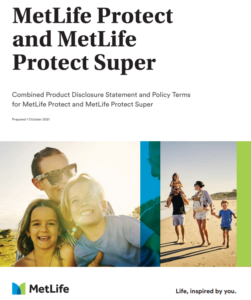
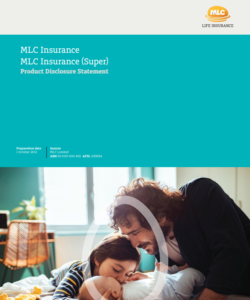
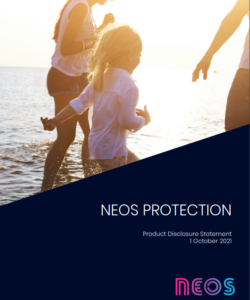
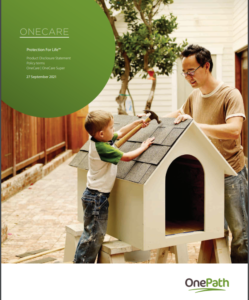
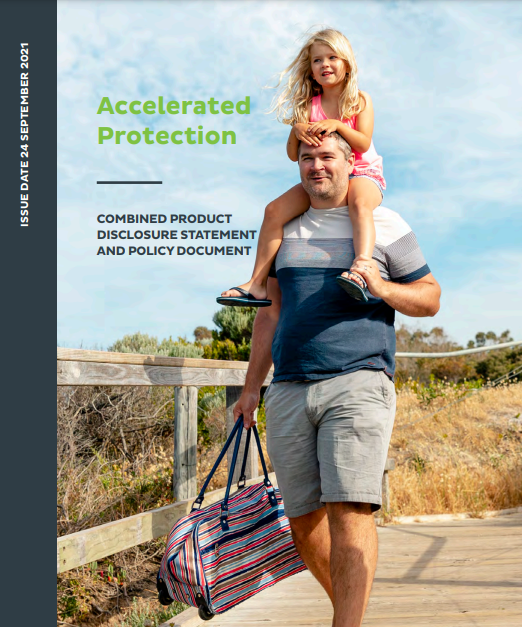




What a depressing week! A solution looking for a problem, APRA style. We are in this situation because life insurers have acted irresponsibly for the last decade and failed to properly price IP contracts, while at the same time failing to restrain themselves from adding unnecessary benefits like three tier definitions of total disability.
And APRA have once again confirmed they are normally asleep at the wheel, until the truck smash! This problem should have been addressed years ago, but APRA has never had the will to tackle the monster, as long as those certificates of capital adequacy and solvency arrived every six months.
For those who came in late, INSURANCE IS A PROMISE. Always has been, always will be. These sacrificial offerings placed on APRAs alter by the high priests can never be described as a “PROMISE”.
Where are the certainties in these policies: the claimant’s in strife if their occupation has changed in the last 12 months before disability; every contract now has a capability clause to be advantaged by the insurer in a partial disability claim, just a year year or so after Hayne publicly revealed all the nasties engaged in by insurers at claim time. Then just as you think you’re recovering from a big illness, the benefit income drops. Where is the certainty in all of that?. How can advisers look clients in the eye and say “we going to look after you”
This mess will take at least three years to sort itself out. Eventually some courageous insurer will break the model which has been thrust upon us by the Institute of actuaries, an organisation whose members probably have never met a long term claimant. But any evolution of these October 2021 contracts in that time will be of no advantage whatsoever to a client if their health has changed since that time. And it could be worse to come if you look at the institutes reference document.
And as usual the risk has been put on the advisers. Let’s say you have a middle-aged smoker client, complaining loudly about the cost of his current policy and you take the easy option of offering one of these monstrosities, purely because it’s “cheaper.” The test will be the adviser’s capacity to explain the significant differences between what the client currently holds and what the adviser can offer, AND then satisfy FASEA Standard 5 by demonstrating that the communication has been effective and the client clearly understands what is being said. Good luck with that! AFCA will have a ball!
There’s a predictable outcome to all of this in terms of strategy. Advisers will recommend two year benefit periods ONLY and make up the income deficiency if permanently disabled by the use of lump sum products such as trauma and own occupation TPD. That strategy might NOT work for long-term partial disability claimants, where lump sum products don’t respond unless there is a trauma event. That is what the FASEA examiners call a ” DILEMA”
Excellent Summary Oldie. Well thought through as usual. I can’t add anymore but to agree with all points you make. Well said.
Yep, it’s a FIASEACO. What a mess and all introduced by self-interest groups…FSC have also been asleep at the wheel. And now they think they understand the Àdvice process. WOW!
Comments are closed.